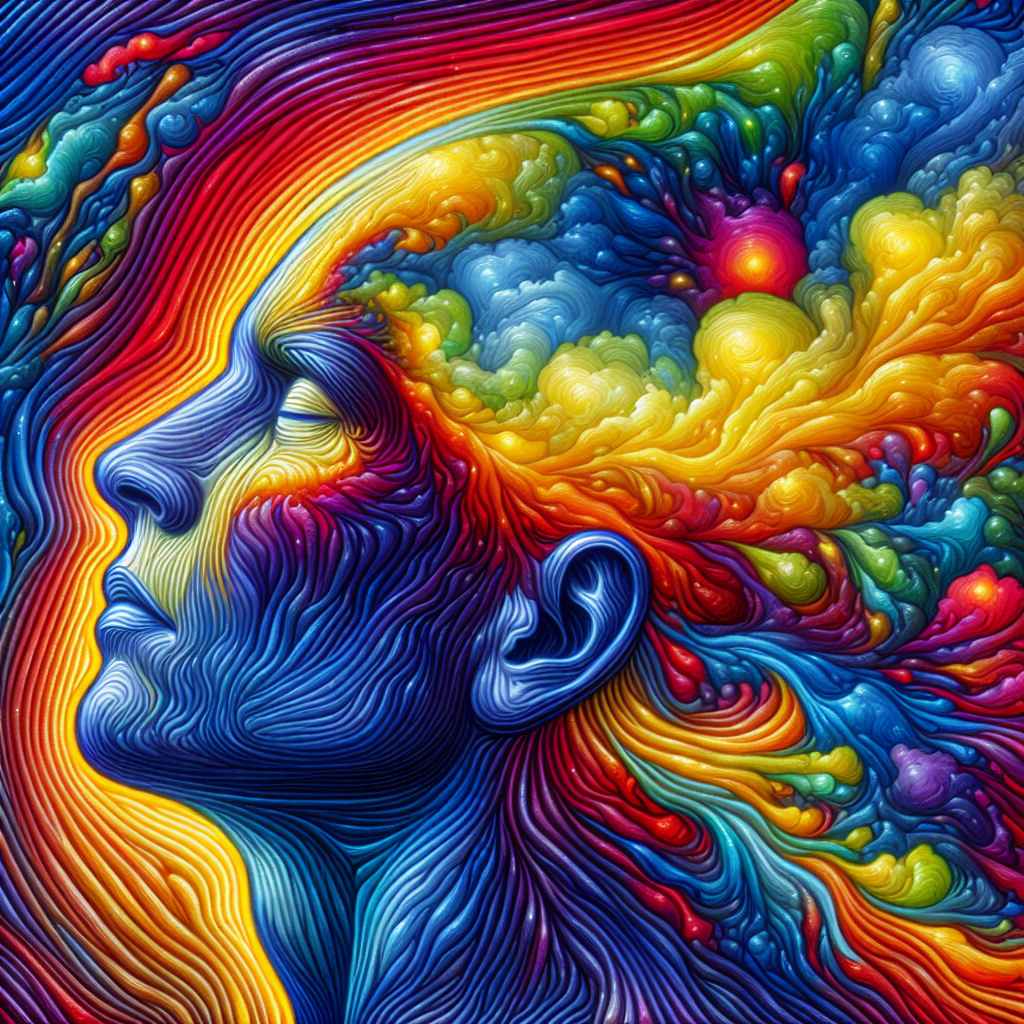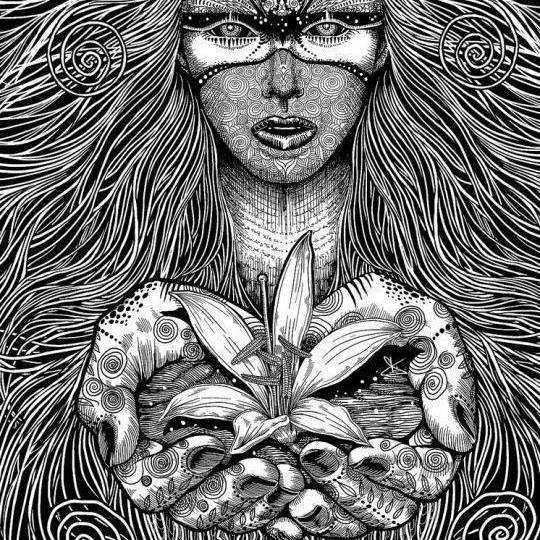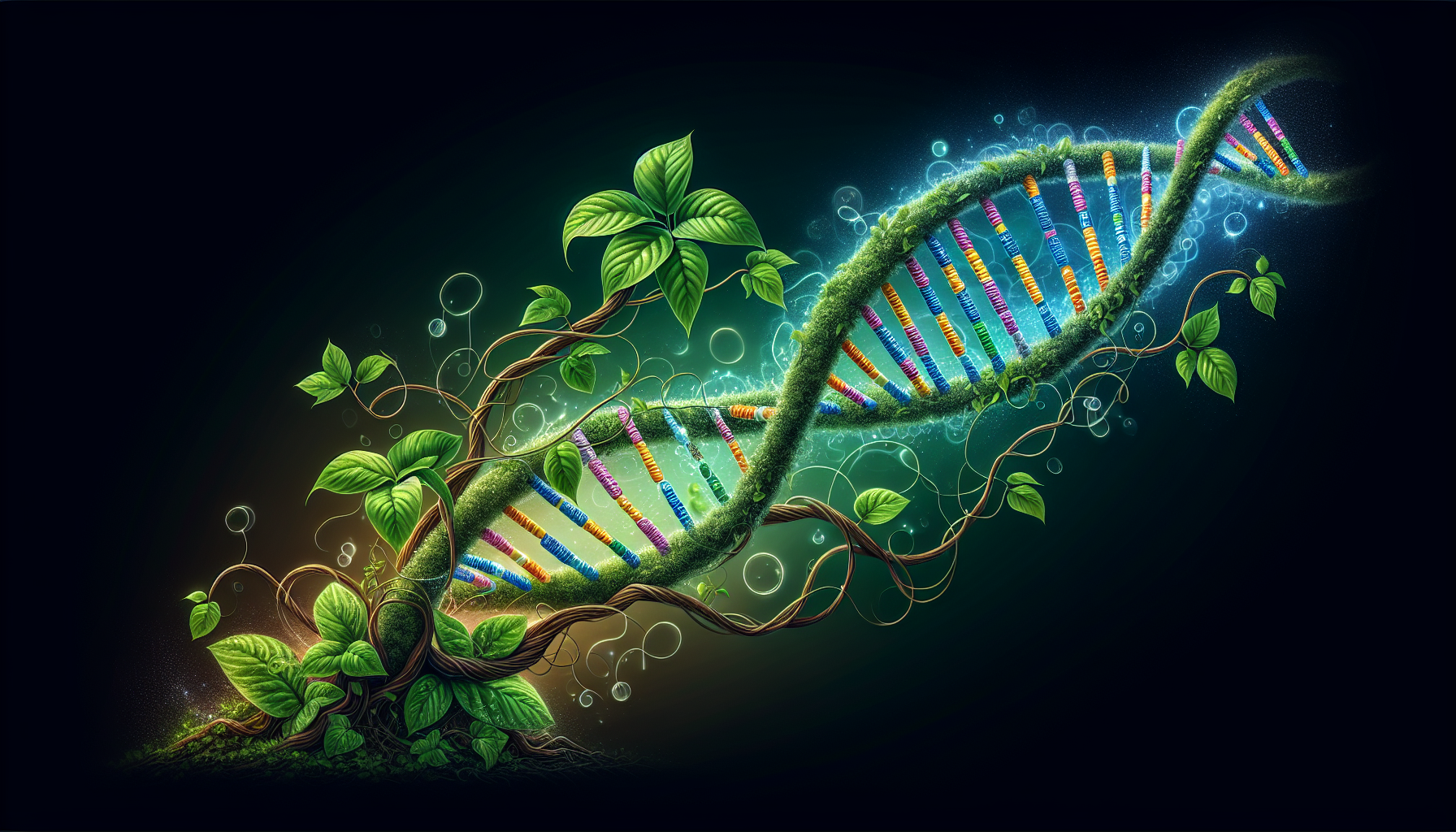
The Science of FOMO vs. JOMO
The Festival Dilemma: Chasing Everything vs. Enjoying the Moment We’ve all been there-checking our phones late at night, scrolling through stories of friends still out

The first time I came back from a journey, I felt like I had unlocked something profound-something beyond words. The experience had shifted my perception, opening doors in my mind that I didn’t even know existed. But as the days passed, something strange happened. The clarity I felt started to blur. The deep emotions that had washed over me began to fade, and soon, I found myself slipping back into my old routines. It was like waking up from a dream-one that I desperately wanted to hold onto but couldn’t quite grasp.
This is something many people experience after a powerful journey. In the moment, it feels like everything makes sense. You feel connected, enlightened, even reborn. But when you return to everyday life, the lessons seem to dissolve, and the real challenge begins: how do you integrate what you’ve learned into your daily reality?
Research on Non-Ordinary States of Consciousness shows that these experiences can significantly enhance neuroplasticity-the brain’s ability to rewire itself, form new connections, and break old patterns. This means that after a journey, your brain is in a unique state, primed for change. But without proper integration, these insights remain fleeting, like a book you forget to read after buying it.
The real magic of a journey isn’t just in what happens during-it’s in what you do with it afterward. How do you apply those insights? How do you ground them into your body, your emotions, your relationships, and your daily habits?
That’s where integration comes in. True transformation isn’t just about having a profound experience-it’s about weaving those insights into your life in a way that creates lasting change.
In this guide, we’ll explore the eight dimensions of integration-the key areas that help you bridge the gap between inspiration and action. Whether your journey was an intense emotional breakthrough, a deep spiritual awakening, or a profound shift in perspective, these dimensions will help you absorb the lessons, embody the wisdom, and create real, sustainable growth in your life.
Let’s dive in.
Your body remembers your journey, even if your mind struggles to put it into words. Physical integration means grounding insights through movement, touch, and body awareness. This dimension focuses on the way experiences are stored in the nervous system and how they manifest physically. Science has shown that memories and emotions are not only processed in the brain but are also imprinted within our cells, muscles, and fascia, influencing posture, movement, and overall well-being. Somatic practices help to bridge the gap between what was felt during the journey and how it translates into everyday bodily awareness, allowing the body to fully process and integrate the experience on a deep cellular level.
Journeys can bring deep emotions to the surface. Some of these emotions may feel overwhelming, while others provide a newfound sense of clarity and peace. Emotional integration is about creating space to process these feelings rather than suppressing or intellectualizing them. Without proper emotional integration, emotions that arise during the journey may become unresolved, leading to confusion or distress.
Your mind tries to make sense of the experience, but sometimes overanalyzing can get in the way. Cognitive integration is about making meaning without rigidly defining the journey. It involves engaging in intellectual reflection while staying open to evolving interpretations.
Sharing your experience with others can be a powerful part of integration. However, not everyone will understand or relate to your journey, and that’s okay. Social integration involves navigating conversations, relationships, and community connections in a way that feels authentic and supportive. The changes within us often reflect in the outside world-shifting our social dynamics, the people we resonate with, and even the opportunities that come our way. As we transform internally, our external world adjusts accordingly, bringing new relationships and experiences that align with our newfound awareness.
Integration doesn’t happen overnight. Some lessons require immediate action, while others unfold over time. Time integration is about balancing active efforts to embody lessons with passive reflection that allows the experience to settle naturally. This dimension acknowledges that insights may evolve and deepen with time.
Without action, insights fade. Behavioral integration is the process of aligning daily habits and decisions with the wisdom gained from the journey. If the journey revealed the importance of self-care, community, or mindfulness, these lessons should translate into real-world behavior.
After a journey, energy levels fluctuate. Some people feel depleted, while others feel an overflow of energy that needs direction. Energetic integration involves understanding the shifts in your energy field and taking steps to regulate and balance these shifts. It also includes acknowledging how energy is exchanged in your relationships and environment.
Journeys often spark deep existential realizations or a sense of connection to something greater. Spiritual integration is about making meaning from the experience and deciding how it influences your beliefs, values, and sense of purpose. Whether a person follows a religious path or has a more secular spiritual practice, integrating these insights allows for a deeper connection with self and the world.
Integration is a lifelong process. Each journey offers something new, and the key is learning how to carry those lessons forward in a way that enhances your everyday life. True integration is not just about filling time with practices or routinesremoveit is about allowing the experience to slowly shape and transform you over time. The wisdom gained from a journey does not always manifest instantly; sometimes, the most profound changes reveal themselves in subtle ways, shifting perspectives, deepening relationships, and altering the way we engage with the world.
As Carl Jung once said, “Until you make the unconscious conscious, it will direct your life and you will call it fate.” Integration is the act of making the unconscious conscious, of choosing to engage with the lessons rather than letting them fade away. It is the difference between having a powerful experience and allowing that experience to create lasting transformation.
From my own experience, I’ve learned that integration is not a linear path. Some insights take root immediately, while others emerge slowly over months or even years. There have been moments when I’ve thought I had fully understood a lesson, only for life to show me an even deeper layer of its meaning much later. Learning to trust this unfolding process has been one of the greatest gifts of my journey.
For those looking to dive deeper I reccomed Marc Aixalà book , Psychotherapy for Non-Ordinary States of Consciousness. It provides valuable insights into therapeutic approaches for integration. This book explores how we can work with Non-Ordinary States of Consciousness in a way that fosters real, meaningful transformation.
Your journey doesn’t end when the experience fades-it only truly begins when you start living the lessons it taught you.

The Festival Dilemma: Chasing Everything vs. Enjoying the Moment We’ve all been there-checking our phones late at night, scrolling through stories of friends still out

Once met a guy at a festival who seemed untouchable, while the rest of us were drained, dehydrated, and stumbling through the last set of

The Journey to Journi We didn’t create Journi because we wanted to start another supplement brand. We created it because we needed it. Like so

Enter your email below, and we’ll send you a complete guide to staying healthy and energized throughout the festivities.

Our supplement pack is formulated for optimal use before, during, and after the experience,supporting the body’s natural recovery process.
Copyright © 2024 Idaness. All rights reserved Designed by: Sara Plot